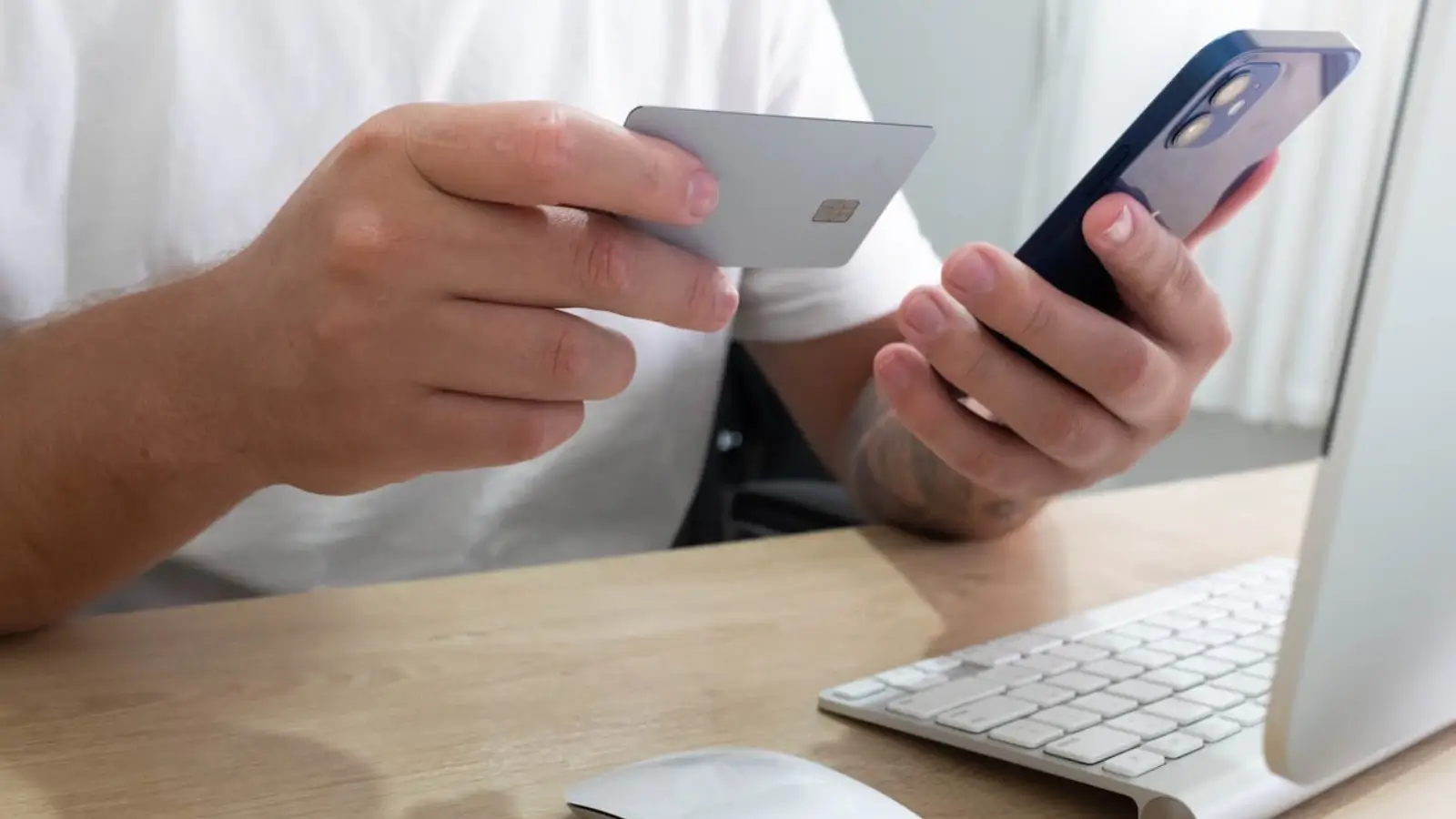Payment authentication is the process of making sure that a payment is real. As part of the transaction process, the customer has to prove who they are.
The global 3-D Secure (3DS) system is a clear illustration of payment authentication in action. A cardholder must prove their identity when they make a purchase. This is a big and developing business. Fortune Business Insights says that the global market for 3-D Secure pay authentication was worth $1.05 billion in 2022. That should rise to $2.81 billion by 2030.
There are a number of things that can be used to verify a person's identity (more on that in a moment). Each of these things is meant to make sure that only a real cardholder can successfully finish the authentication procedure. In this article, we’ll dive deep into secure payments.
Why Payment Authentication Matters?
Payment authentication is an important way to protect against fraud in the context of risk management. Businesses can better secure their assets from unauthorised access or exploitation by adding protections and procedures for pre-approval. Following authorisation rules also helps businesses stay within the law, which can lower the risk of legal problems and fines.
It also helps build trust between businesses and customers, but what if there aren’t enough authentication factors in the first place? Well, then you’re openly inviting scammers and frauds to make unauthorised purchases.
The Evolution of Secure Online Payments
The advent of eCommerce in the 1990s, thanks to sites like eBay and Amazon, led to the first online payments. Payment service providers (PSPs) like PayPal came about because these online stores needed a means to take payments over the internet. But this ease of use raised additional security issues: how could you be sure that the proper person was making the payment?
Email verification, strong passwords, and encryption were some of the first things people did. The release of Secure Socket Layer (SSL) by Netscape in 1995 was a turning point that led to the development of today's TLS encryption.
As eCommerce grew in the 2000s, especially after surviving the dot-com crash, companies like Amazon and Shopify started to make the whole online shopping process easier, from inventory to payments around the world. But thieves went after the money. They took advantage of shopping carts, customer databases, and the checkout process. This led to a new wave of tools for keeping payments safe.
3D Secure
3D Secure and other solutions introduced a second layer of security. Tokenisation changed sensitive data into jumbled codes. Checks like AVS and CVV made things even harder. Biometrics and Multi-Factor Authentication (MFA) have made it much harder to prove who you are.
As global eCommerce grew, uneven security requirements became a big problem. There were different rules for banks, platforms, and governments. The industry came up with rules like PCI DSS, PSD, FACTA, and GLBA to remedy this. These rules are meant to make sure that consumer data is protected the same way across borders.
Over time, secure payments changed from simple protection to a system of encryption, authentication, and regulation that is layered on top of each other to make sure they are safe and easy to use.
What Makes Payment Authentication “Simple” for Customers?
But how can payment authentication be made simpler? While no one wants to get scammed, no one wants to go through a tedious process of Payment authentication either. Well, there are a few steps people can take.
1. Frictionless experience
When people get to skip the unnecessary authentication steps and simply move forward, it helps them to make the purchase and reduces cart abandonment. This helps with giving a frictionless experience, which people want from their payments.
2. Speed
No one wants to spend hours making a payment, especially authenticating it. Biometric approvals or one tap approvals make the process super fast, making sure that it’s seamless and convenient to pay.
3. Familiarity
The payment process should incorporate the entire brand look and feel across all screens. This makes sure that the customer isn’t getting confused anywhere across the payment gateway and actually goes through with the payment.
4. Trust cues
This is where familiarity comes into play, use recognisable icons and bank logos to make sure that there is trust in the user’s mind actually to go through with the payment.
The Way Forward
Payments should feel seamless and not like a hassle; the more seamless payments are, the more likely it is that businesses and e-commerce platforms will increase their sales and usage. With systems like tokenisation, 3DS 2.0 and other multiple authentication systems, payments have struck a balance between safe and seamless, both of which are the need of the hour for every consumer.
If you’re looking for a payment gateway with the best UI and UX with Minimal steps for payment, you can check out Juspay; it just feels right.

















